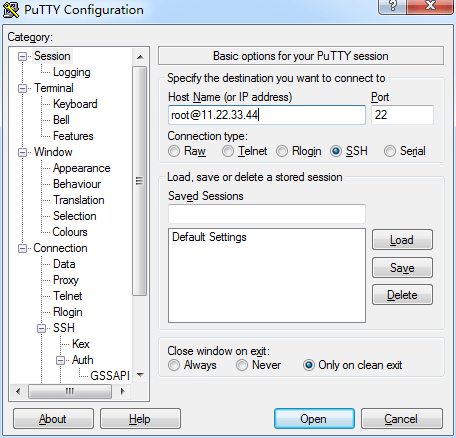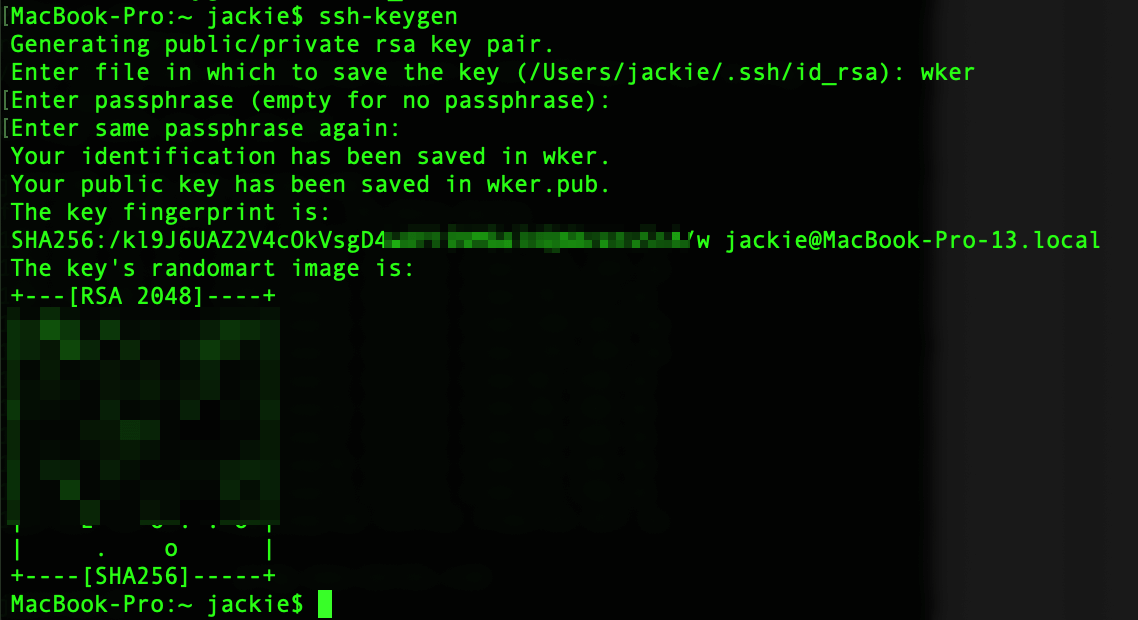cURL shipped with the OS may not be up-to-date, and if you need the newer version for a particular requiment, you need to update it to the latest version. In this post, I will guide you to update cURL to the latest version on CentOS.
1. Create a new file /etc/yum.repos.d/city-fan.repo, then paste the following contents:
vi /etc/yum.repos.d/city-fan.repo
[CityFan]
name=City Fan Repo
baseurl=http://www.city-fan.org/ftp/contrib/yum-repo/rhel$releasever/$basearch/
enabled=1
gpgcheck=0

